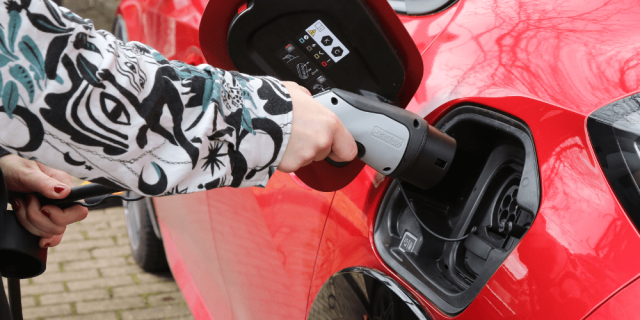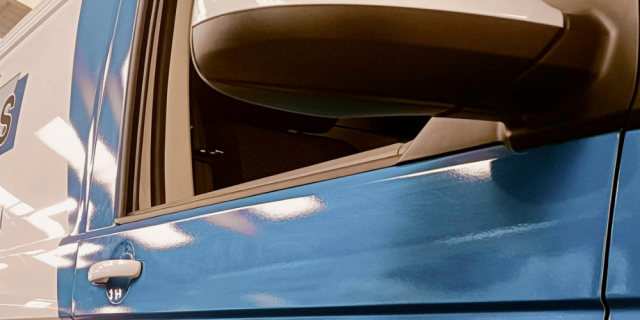New e-van guide reveals:
- How far electric vans can really travel on a single charge
- Impact of carrying a full load on e-van range
- What happens to electric van journey range in British winters
- How speed impacts range
A new guide has today revealed the real-world range of electric vans in a host of different conditions in a bid to provide much-needed information about how far the new breed of e-vans can travel on a single charge and the impact of load on range.
Leading leasing firm, Arval, tested three different sizes of electric van to see how the official range compared with the real-world range. Depending on the test conditions, the results saw the ranges from around 50% of the official figure to more than 100%.
Arval tested small, medium and large electric vans while fully loaded, with a half-load and while empty. The scientific assessments were carried out in cold temperatures typically found in a British winter and on different routes designed to replicate the typical use by a van driver.
David Watts, Arval UK senior consultant, explained: “With the ban on new diesel and petrol vehicles coming in from 2030, official e-van range figures tested at 23degC and a lack of independent real-world data available for van operators, we decided to help by providing that information.
“Thanks to the research, van drivers and companies that use vans can properly plan how an electric van will fit with their routes.”
Four essential facts future e-LCV drivers should know:
- Figures for payload are comparable with the performance of diesel vans
- Having a fully loaded van only reduces range a further 10%
- Faster speeds don’t necessarily reduce range
- British winter temperatures can drop the range to 60-70% of the official figure
The research concluded that a typical real-world range for fully laden e-vans in cold climates was around 60-70% of the official WLTP range. In other words, if the van manufacturer quoted an official range of 200 miles, van drivers could bank on getting 120 miles between charges.
While diesel vans also see reductions in their official fuel consumption in the real world, particularly when fully loaded, refuelling doesn’t significantly impact their use.
As a leading authority on vehicle electrification, Arval knows that understanding the realistic operational capabilities of an electric van is crucial to the effective electric fleet transition process.
David added: “Two key questions routinely faced by van drivers looking to switch to e-vans are ‘how far can I go on one charge in the real-world?’ and ‘what impact, if any, does the payload have on how far I can go?’
“Until now there has been an information void about the ‘real-world range’ of fully electric vans, compared to the official figures, and also the impact of external variables such as temperature – namely the British weather, payload and driving route.”
Arval’s report, titled eLCVs – Electric fleet transition powered by real-world data
is the first independent investigation into the impact of temperature on electric van real-world range. It is also the first independent investigation into the impact of payload on e-van range.
Visit arval.co.uk/van-leasing/e-vans to find out more about eLCVs.




